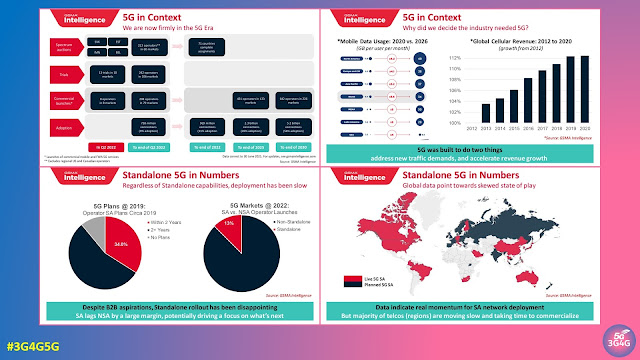TechKnowledge is a series of Technology Stories looking at how technology has evolved over the years and how it will continue to evolve in the future. The series is targeted at youth looking to understand how technology has been evolving and how it will evolve further. It is our intention to make a ten part series but as of yet only four parts are complete.
Part 1: 'Smaller, Faster, Cheaper and More…' looks at how technology has evolved by things getting smaller, faster, cheaper and much more. It investigates Moore’s law and how it has helped create a future technology roadmap.
Part 2: 'Connecting Everything Everywhere…' discusses different connectivity options available to connect various devices, gadgets and appliances to the internet. It highlights the fact that this is just the beginning, and everything that can be connected will eventually get connected.
Part 3: 'Satellites - Our Friends In The Sky…' discusses the fact that they are our friends and helpers in the sky. In discusses how satellites are useful as a connectivity option, how it helps us map and navigate, how we can use location based services, how we can watch broadcast video or listen to broadcast radio, and last but not least, how satellites are helping us observe and monitor the earth.
Part 4: 'Devices and Gadgets - Our Companions and Life Savers…' looks at the fact that we use a variety of electronic devices/gadgets in our everyday lives to make it more convenient, efficient, and even keep us connected. From smartphones and laptops to smart home appliances and wearable tech, these devices simplify tasks, enhance productivity, and provide instant access to information and communication. They help us manage work, stay in touch with loved ones, and access entertainment on the go. Gadgets like fitness trackers promote healthier lifestyles, while others automate household chores, saving time and energy. Overall, the connected devices & gadgets have become essential tools in modern life, blending seamlessly into our routines and transforming how we live and interact.
The playlist of the videos is embedded below:
The slides can be downloaded from here.
Related Posts:
- 3G4G: Free 2G, 3G, 4G & 5G Training Videos
- The 3G4G Blog: Explaining Telecoms
- The 3G4G Blog: Short Tutorial on Mission Critical Services in LTE and 5G
- The 3G4G Blog: Private Networks Introductory Series
- The 3G4G Blog: A Quick Introduction to 3GPP
- The 3G4G Blog: 5G and Cyber Security
- The 3G4G Blog: Tech Quotes we should know about - #TechQuotes
- The 3G4G Blog: Tech Laws we should all know about - #TechLaws
























